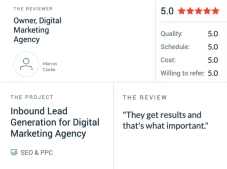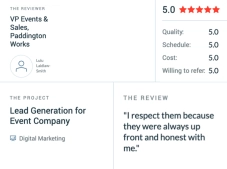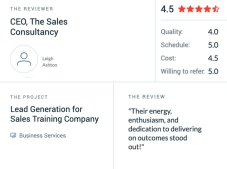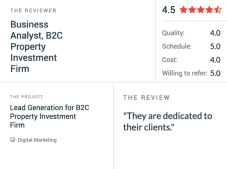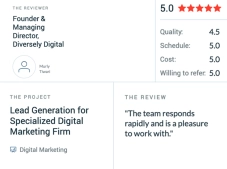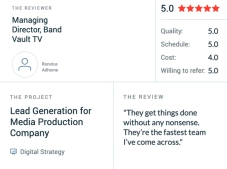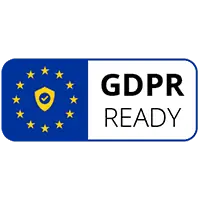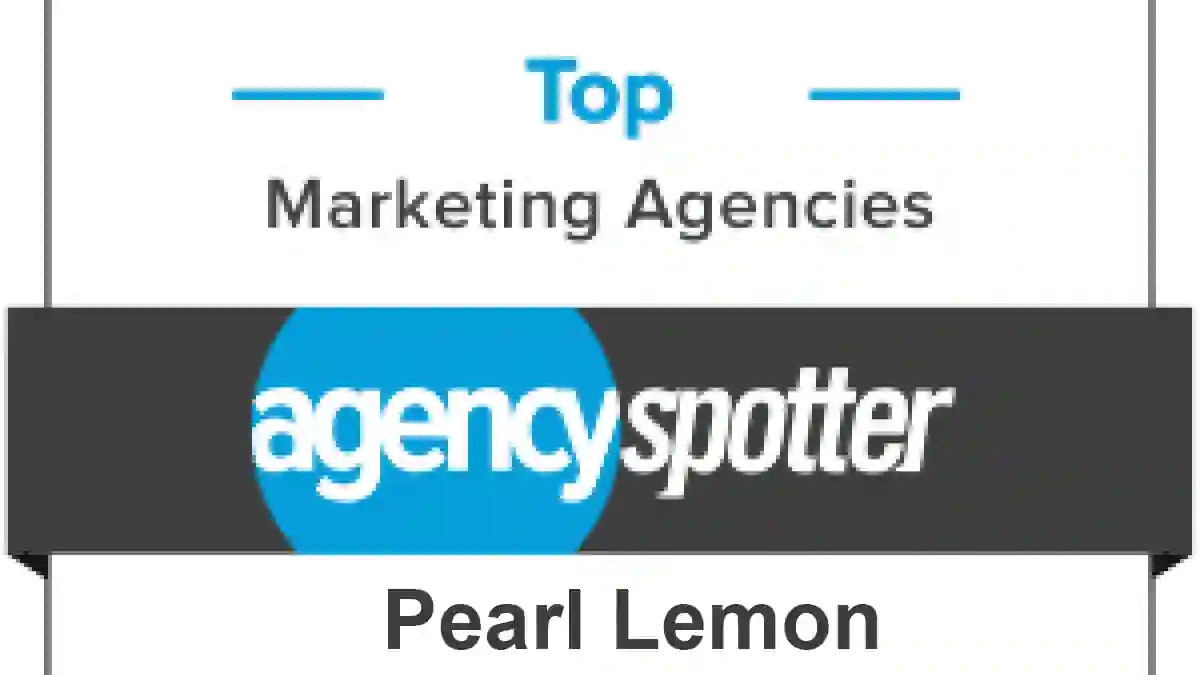Boost Conversions: Master The Art Of Writing Sales Emails
Are you looking for ways to improve your sales outreach? Writing effective sales emails is a great place to start. It’s a tried and true method that can help you reach potential customers and convert leads into paying customers.
However, writing a persuasive and engaging email isn’t always easy.
With that, Pearl Lemon Leads have the knowledge and expertise to help you write sales emails that will get results. Our team understands that successful email campaigns rely on personalized messages demonstrating an understanding of customer needs and preferences. We also know how to create compelling subject lines that grab attention and drive open rates.
This article provides an in-depth look at the key elements for crafting successful sales emails, from understanding basic email etiquette to optimizing subject lines for higher open rates.
1. Start With A Punchy Subject Line
Crafting a catchy subject line is the key to opening and reading your sales emails.
A good subject line will grab attention, pique curiosity, and give recipients a reason to click through and engage with your message. But how do you write a subject line that stands out in a crowded inbox?
Here are some tips to help you create compelling subject lines for your sales emails.
- Keep it short and sweet – aim for around 50 characters or less. This ensures that your entire subject line can be seen on mobile devices without truncation.
- Use language that resonates with your target audience – this could be industry-specific terminology or buzzwords that convey urgency or exclusivity.
- Don’t be afraid to get creative with emojis or punctuation marks either – they can add visual interest and help your email stand out.
In addition to grabbing attention, a good subject line should also accurately reflect the content of your email. Avoid using clickbait tactics or making false promises, as this can damage trust with potential customers.
2. Craft An Interesting Opening Statement
An opening statement sets the tone for the rest of your message and can make or break your chances of making a sale. Here are some tips on writing an effective opening statement that will grab your reader’s attention and keep them engaged.
First, start with a strong hook that immediately grabs your reader’s attention. This could be a question, shocking statistic, or interesting fact related to your product or service. Make sure it’s relevant and specific to the reader so they feel like you understand their needs.
Next, address any pain points or challenges your target audience might face about what you’re offering. Show empathy and let them know you understand their struggles before introducing how you can help solve them.
Create A Personalized Introduction
One simple yet effective way to increase your reply rate is by using a personalized intro in your emails. Research has shown that personalisation can double the response rate of sales emails.
A personalized intro involves addressing the recipient by name and mentioning something specific about them or their business. This could be as simple as referencing a recent project they worked on or acknowledging their position within the company. By doing this, you show that you have done your homework and are genuinely interested in connecting with them.
Personalisation goes beyond just using someone’s name; it also includes tailoring your message to their needs or pain points.
3. Write Relevant Email Body
When writing a sales email, body paragraphs are an essential part of the process. These paragraphs are where you get to showcase the benefits and features of your product or service, explain why it is valuable to your potential customer, and create a sense of urgency that encourages them to take action.
The first step in writing effective body paragraphs for your sales email is clearly defining the problem your product or service solves. This helps set the stage for explaining how your offering can make their life easier or better in some way.
Next, you should highlight the key benefits of using your product or service and explain why these benefits matter to your potential customer. It’s also important to establish credibility by providing specific examples of how others have benefited from using what you’re selling.
Remembering that people skim emails rather than reading them word-for-word is important, so maximize using bold, italics, and underlining.
4. Include A Remarkable Closing Paragraph
A closing section lets you summarize your main points, reiterate your value proposition, and provide your reader with a clear call to action.
To write an effective closing section for your sales email, there are a few things you should keep in mind. First, restate your main call-to-action (CTA) one more time. This will remind the recipient what to do next and ensure no confusion.
Next, include a sense of urgency or scarcity in your closing statement. This can be done by highlighting any time-sensitive promotions or limited availability of products or services.
Finally, thank the recipient for their time and consideration and let them know that you look forward to hearing from them soon.
5. Add An Email Signature
Your signature serves as the final touch to your message and can make all the difference in whether or not you close the deal.
Here are some tips on how to write an effective signature for your sales emails.
- Keep it simple and professional. Avoid using fancy fonts or colors that may distract from your message. You want your recipients to focus on the content of your email, not on an overly flashy signature.
- Include all necessary contact information. This includes your full name, job title, company name, phone number, and email address. Make it easy for potential clients to contact you by providing multiple ways to reach out.
Consider adding a call-to-action (CTA) in your signature.
Conclusion
In conclusion, writing sales emails can be difficult, but with our help, you don’t have to worry about it. We offer a comprehensive set of services that are designed to make your life easier and help you maximize your potential.
Our knowledgeable staff are here to answer any questions and provide personalized guidance. Don’t wait any longer – make sure you take advantage of the resources available to you to succeed in this area. Take the next step and contact us today!
FAQS
How do you measure the success of a sales email campaign?
Generally, three key metrics can be used to evaluate the success of a sales email campaign: open rate, click-through rate, and conversion rate.
The open rate is a measure of how many people opened your email. The click-through rate measures how many people clicked on links or took action after reading your email.
Finally, the conversion rate measures how many people completed the desired action after clicking through from an email.
How often should you send out sales emails?
Generally, sending emails at least once a week but no more than two or three times a month is recommended. This lets you stay top-of-mind with your prospects without overwhelming them with too many messages.
What are the biggest mistakes to avoid when writing sales emails?
When writing sales emails, it is important to avoid making certain mistakes that can be off-putting to potential customers.
- Avoid using overly aggressive language. This can make the customer feel pressured and uncomfortable and may cause them to withdraw from the sale.
- Make sure you are sending emails at an appropriate time. Sending emails early or late in the day could be annoying or intrusive for potential customers.
- Make sure your emails are concise and easy to read. Avoid long blocks of text as this can overwhelm readers; instead, break up your message into shorter paragraphs with clear headings so that readers can easily take in the information.







